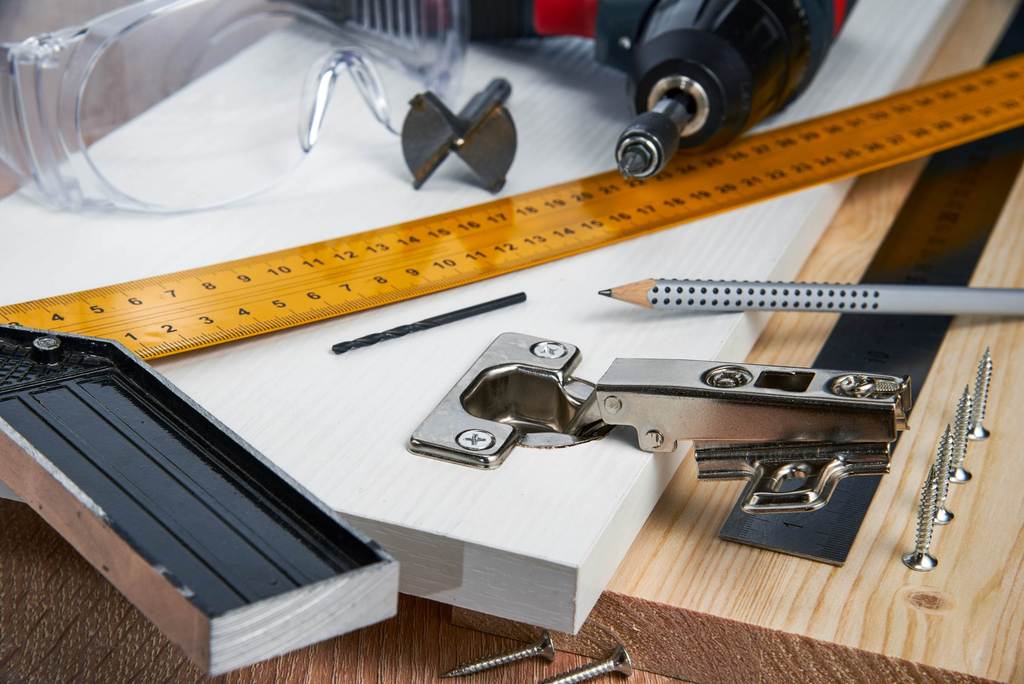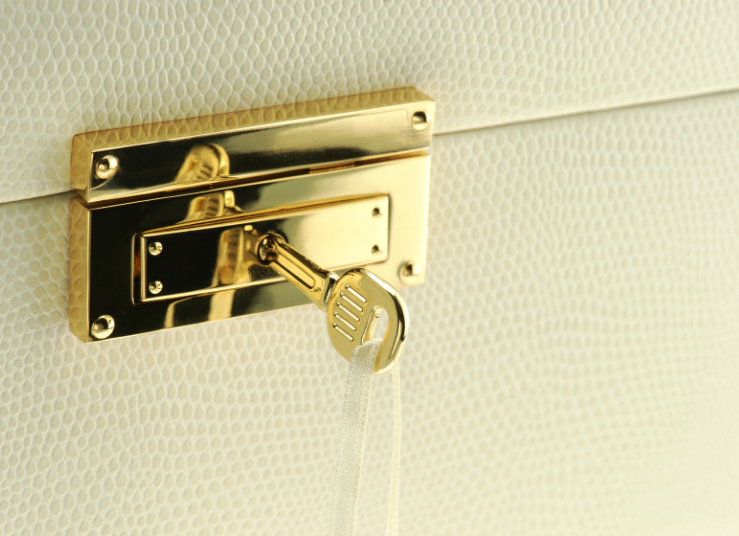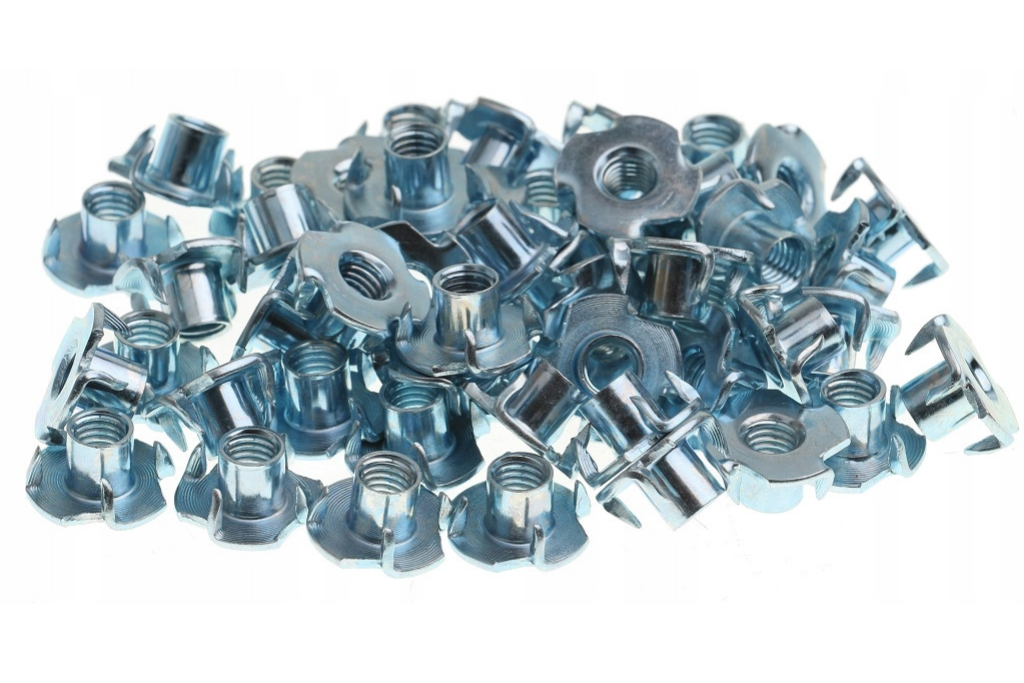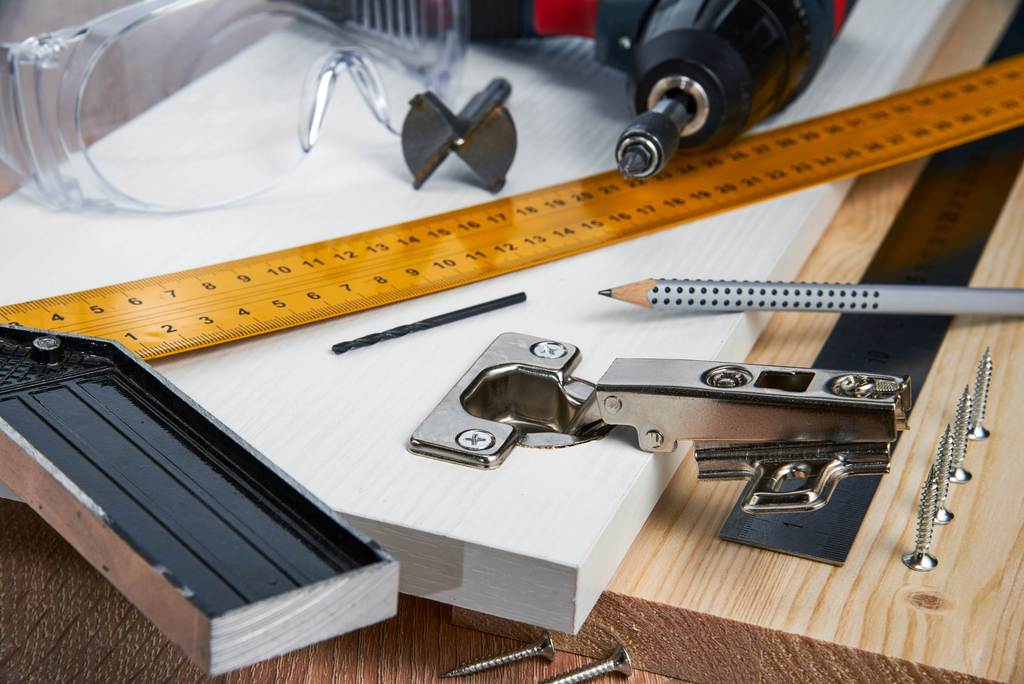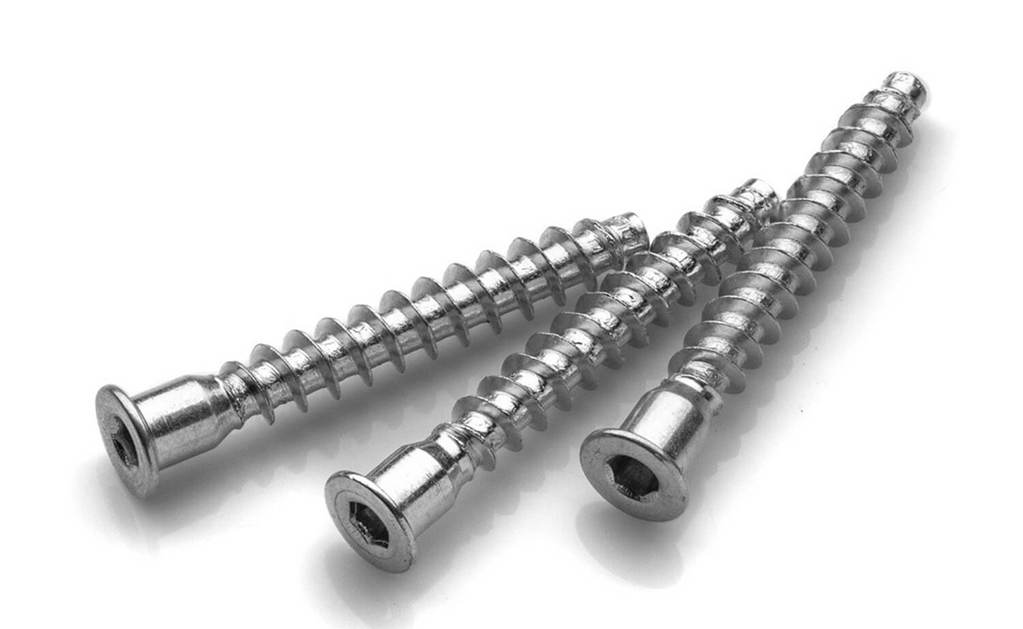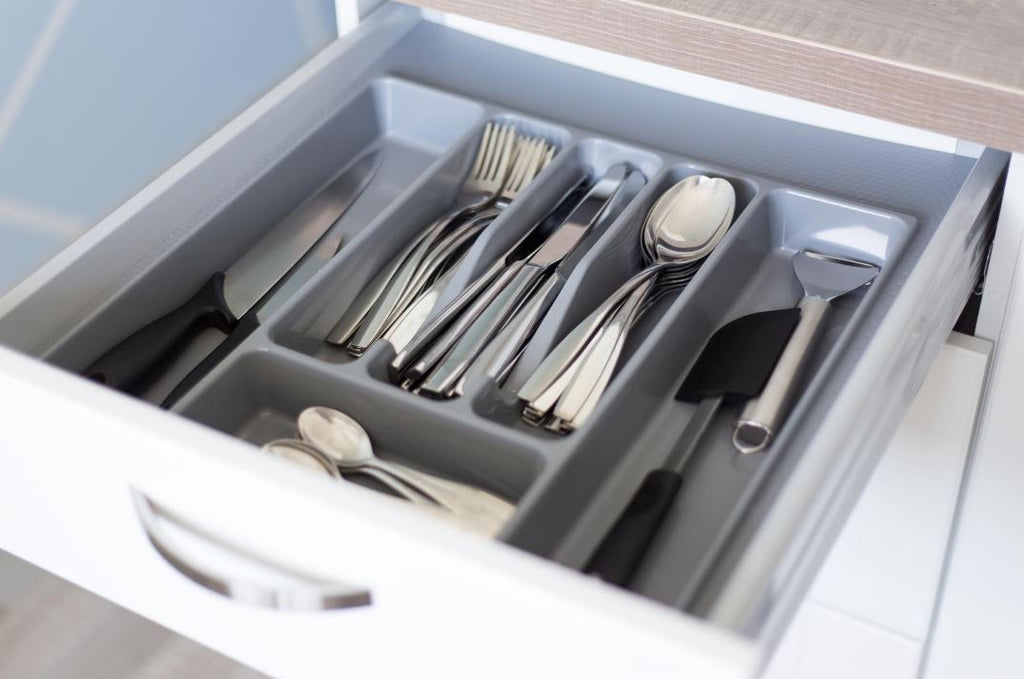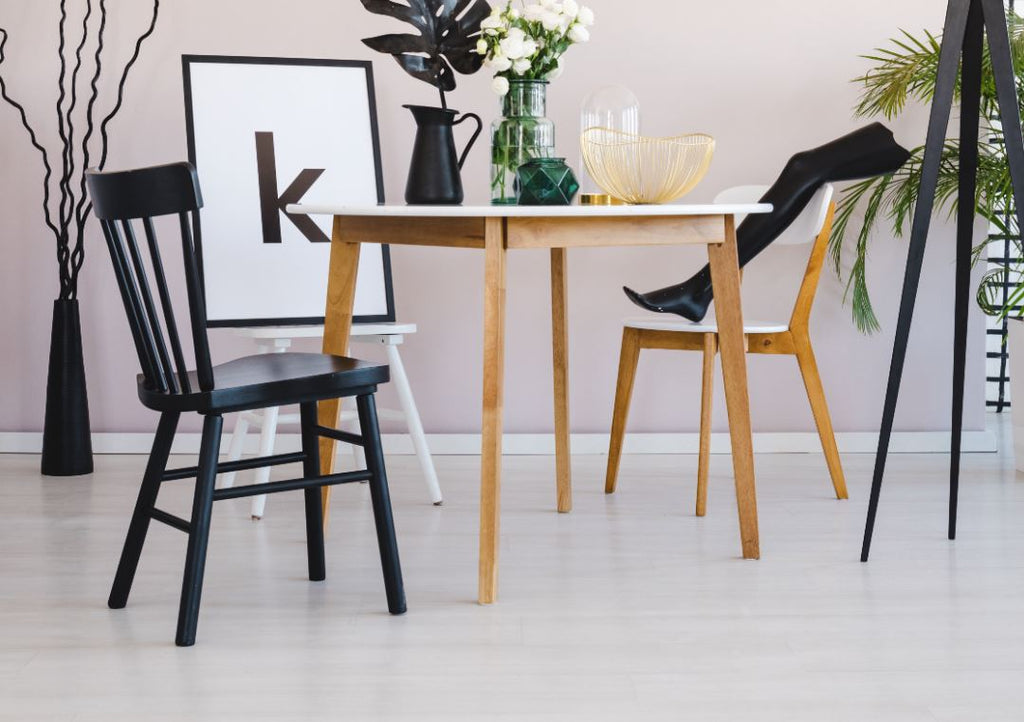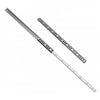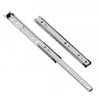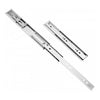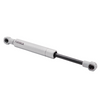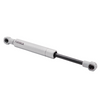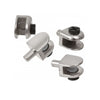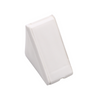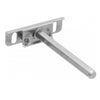How to adjust furniture hinges?
TABLE OF CONTENTS:
- Incorrectly adjusted furniture hinges - identifying the problem
- Installation of furniture hinges - tools required
- Fitting box hinges to domestic cabinets
- Attaching hinges to cabinet doors and making adjustments
- Structure of hinges and their adjustment
- How to adjust cabinet hinges if the door is drooping?
- How to adjust corner cabinet hinges?
- Problems with the gap between cabinet fronts - method of adjustment
- Adjusting furniture hinges - what else is worth bearing in mind?
Uneven cabinet doors are the nightmare of many DIY enthusiasts. Unfortunately, this is also often the case for people who have had cabinets installed by a cabinetmaker. The only thing that can be done is to repair it yourself. But how to do this? How to adjust furniture hinges so that they function smoothly for many years?

Incorrectly adjusted furniture hinges - identifying the problem
To begin with, it is worth checking the condition of the cabinet and the hinges. There are several types of mistakes in the installation of hinges, which will result in similar, but different consequences.
Problems with cabinet hinges can usually be recognised by the fact that the fronts look crooked. If one of the fronts of furniture is drooping, the upper parts are not even but overlap each other, this is a sign that the hinges are either incorrectly selected or incorrectly fitted. Further effects from this are unevenly drooping fronts and uneven vertical space between doors.
Another consequence of incorrectly fitted cupboard hinges is that they become apparent during use. It is not uncommon for an open cabinet door to close on its own - either completely or only to a certain extent. Apart from independent reasons such as a very uneven surface (this rarely happens in practice), falling fronts are most often the result of incorrectly mounted cabinet hinges.

Installation of furniture hinges - Tools required
For the installation of hinges in cabinets, we need to prepare some basic tools. A lot also depends on the type of hinge. However, here we will focus on the classic cabinet hinges for home and office cabinets which are found in 99% of all such applications - box hinges. It is worth preparing the following tools:
- drill,
- drill bit (preferably dedicated to wood or cutter),
- pencil and measuring tape,
- screwdriver,
- wood screws.

Fitting box hinges to domestic cabinets
Box hinges are by far the most popular. However, the way they are installed also depends on the angle of the hinge. The most commonly used hinges in various kitchen cabinets and similar furniture are canned hinges with an angle of 110 degrees. If we are dealing with a corner cabinet, we should opt for hinges with a higher degree of tilt, e.g. 170 degrees or 190 degrees.
Canned hinges generally consist of two parts - the actual hinge and the guide. If they have not been joined at the factory, these parts must be joined together before installation.
As in any case, the beginning of the installation begins with the measurements. Use a pencil to mark the target hinge heights on the furniture. By default, the hinge holes should be located at a height of about 15 cm from both edges of the fronts, so that the whole is stable. The distance from the position of the hinge to the cabinet is dictated by the length of the hinge. Usually this will be approx. 4 - 5 cm. Each cabinet is slightly different, so it is worth checking and measuring for yourself (especially if there are drawers in the cabinet, which should not overlap the hinges to avoid interfering with them).
The next step is to drill the holes for the box hinges. The depth of the hole should not exceed 1.5 cm. It is a good idea to carry out this step using the method of current fitting, i.e. drill a small hole and then apply the hinge (several times anyway). After this step, it remains to screw the hinge to the furniture using assembly screws - they should be provided by the manufacturer together with the mechanism itself.

Attaching hinges to cabinet doors and making adjustments
The cabinet doors should be marked at the mounting points in the same way as when preparing the cabinet body. Then try the fronts on to make sure everything fits together. The next step is to drill the cabinet holes. Some types of hinges will only be mounted on screws, which are directly screwed into the wood - so it is worthwhile to get acquainted with the type of hinge at the beginning.
The key is to arrange the fronts so that the centre distance between two doors is no more than 3 mm and no less than 1.5 mm. Otherwise, the cabinet will have difficulty closing. In many cases the wood will "work" over time, so it is not advisable to install the door at the minimum distance.
Finally, the cabinet should be adjusted so that the closed fronts sit flush and firmly on the cabinet. Using canned hinges, we have the possibility of double adjustment - on the vertical axis (vertical) and horizontal (horizontal). It is worth to follow the manufacturer's instructions. Pay special attention to the mounting screws - the degree of their pressure will also affect the performance of the cabinet door. The hinge should not be pressed with maximum force.
Structure of hinges and their adjustment
When starting to adjust hinges, it is worth paying attention to their construction. In this process, all components that are part of the hinge are important. The adjustment in this case is simply limited to tightening or loosening the individual components of the furniture hinge. The three most important ones are the hinge foot, the hinge mount and the mounting screws. Minor cabinet imperfections will most often be fixed by modifying these latter components. Details are presented below.

How to adjust cabinet hinges if the door is drooping?
If you notice that either or both cabinet fronts are drooping, it may be necessary to adjust the hinges. First of all, it is a good idea to consider the position of the door in relation to the cabinet body and how much of a tilt or slope you would like. In most cases, falling cabinet doors need to be adjusted vertically. To do this, the screws on all fronts need to be loosened. Then they should be tightened again, but carefully and gradually. Tighten the hinges slowly and in sequence, i.e. a few turns on one hinge, a few turns on the other hinge, and so on. After this, the cabinet door will be even, both in terms of aesthetics and functionality.
How to adjust corner cabinet hinges?
Corner cabinet hinges are adjusted in the same way as above. However, it may happen that even after adjustment the fronts do not work as they should. In this case the type of hinge fitted should be checked. It is very often the case that corner units are fitted with the wrong hinges, e.g. with an opening angle which is too small or too large.

Problems with the gap between cabinet fronts - method of adjustment
The size of the gap between the cabinet fronts can be adjusted horizontally. To do this, loosen the centre hinge screws and move the hinges on this line. Keep the same screw spacing in the horizontal orientation for all four cabinet hinges.
The same is done if the gap between the cabinet doors is uneven. The repair is again a matter of adjusting the hinge screws, but this time on a left-to-right plane. If the gap between the doors is too large on the horizontal line between the hinges, the screws in the hinges need to be tightened more. If, on the other hand, the gap is too narrow, the mounting screws must be loosened.
Adjusting furniture hinges - what else is worth bearing in mind?
Unevenly aligned cabinet fronts can be a major aesthetic drawback, affecting the visual effect of the entire room. Fortunately, in most cases the adjustment of furniture hinges is very easy. To make this task even easier, it is worth getting a screwdriver or a drill. Adjusting hinges will then become even more precise and take much less time.
- Furniture accessories blog
- 27 May, 2021

